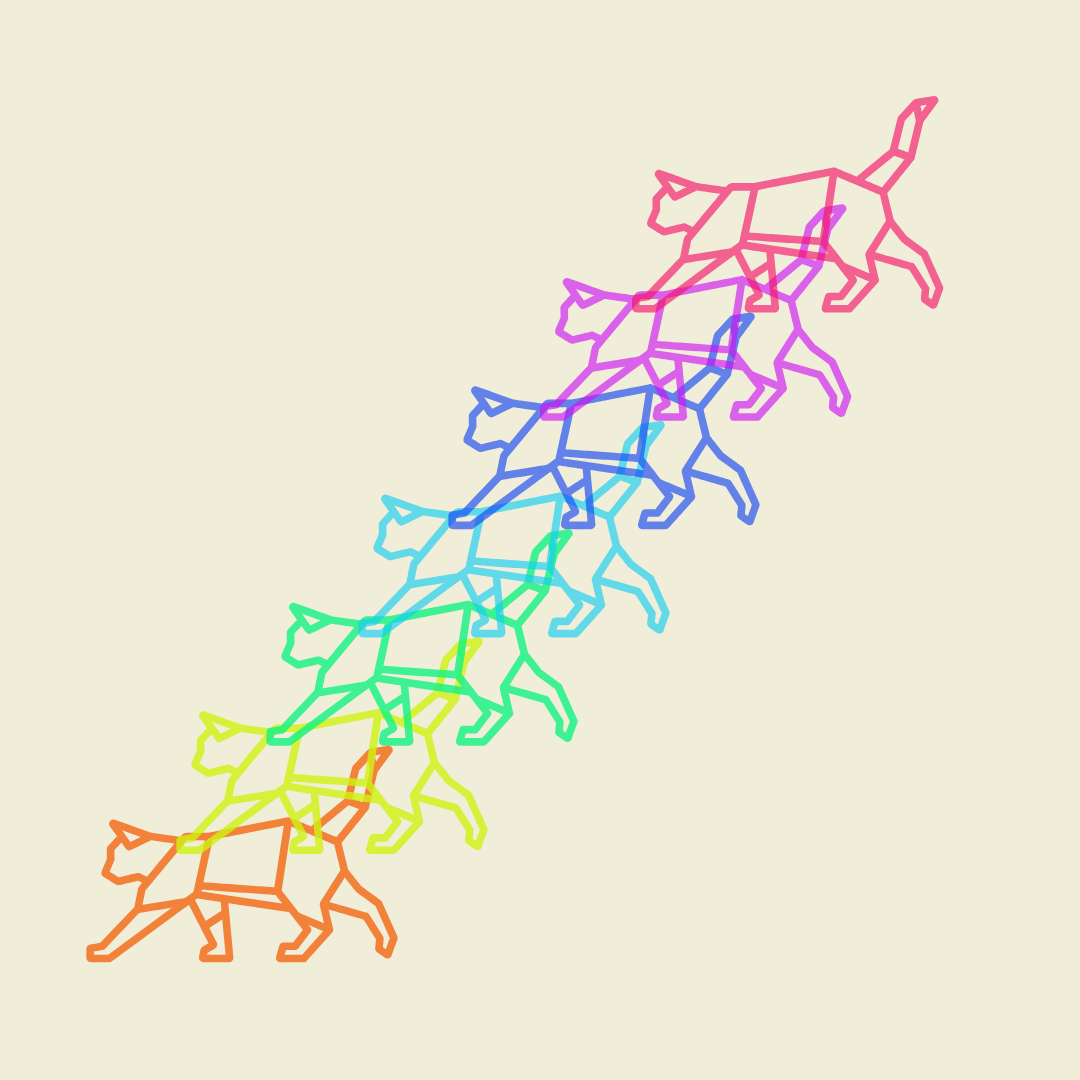Weighing in at roughly one percent of a tiger’s body weight, the Clouded Tiger Cat (Leopardus pardinoides) is confirmed to have become a distinct cat species.
A research team from the Tiger Cat Conservation Initiative, led by Tadeu de Oliveira, has analyzed large amounts of camera trap data and genetic information. The team is centered in Brazil but has worked with conservation data from all over the South American continent.
The full report states that around 50 percent of the tiger cats’ original area has been lost. All three tiger cat species, including the brand-new clouded tiger cats, have decreasing and vulnerable populations.
The three tiger cat species are clouded, savanna and Atlantic forest. The impressive range inhabited by tiger cats extends from Costa Rica and Panama to Ecuador and the eastern edge of Brazil. These animals’ expansive and wild habitats have made distinguishing between the subspecies difficult. With the help of genetic analysis, the team was able to identify the separate species.
Researchers took the genetic information from tiger cat population samples and made plots of the principal component analysis (PCA) of the tiger cat species complex. Further analysis upon the distinction of these species led the researchers to find that they thrive in different biomes. For example, clouded tiger cats inhabit much of the Andean mountain range, while savanna tiger cats prefer the semi-arid shrub woodlands of the Brazilian Caatinga.
Perhaps aiding in the formation of distinct tiger cat species, the inhabited ranges of these cats do not overlap. Geographic speciation occurs when groups of one species become isolated by geographical elements and evolve separately. Overall, Brazil and Columbia are the most vital ecosystems for tiger cats.
The Tiger Cat Conservation Initiative report calls for a Red List assessment/reassessment of all three species. Deforestation, climate change and human activity pose a deadly threat to the newly defined clouded tiger cat species.










